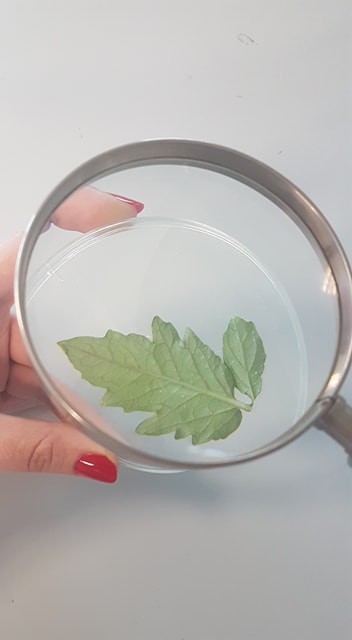My Research
The greenhouse whitefly (Trialeurodes vaporarium) is a major insect pest throughout Europe. It causes damage to ornamental and agricultural plants by sucking sap from the plant phloem, excreting honeydew which allows the development of sooty moulds on the plant foliage.

Chemical pesticides are harmful to the environment and non target organisms so their usage is increasingly being restricted by UK/EU legislation, whereas biological alternatives used in integrated pest management programmes are being actively encouraged. The greenhouse whitefly has also developed resistance to a number of chemical pesticides. Combining multiple control agents (both biological and chemical) can increase the level of pest control (synergism) and reduce resistance aquisition. Combinations can also result in the same level of control as one of the agents used alone, or they can have a negative interaction and the combined control is reduced. In order to establish which control agents will provide maximum control of pest species, their interactions must be understood.
I will be investigating the potential entomopathigenic fungi to control whitefly in aubergine crops when combined with other biological and chemical control agents. Once a reliable combination of agents has been established, I will investigate the impact of various environmental stressors on the interaction of the control agents in order to maximise the potential for control of whitefly in varied climates.
This project involves laboratory and greenhouse experiments, with a 3 month placement at Utrera, Spain.
Main Supervisors:
Contact Details
Dr Dave Chandler
Dave dot Chandler at warwick dot ac dot uk
Dr Helen Hesketh
helhes at ceh dot ac dot uk
